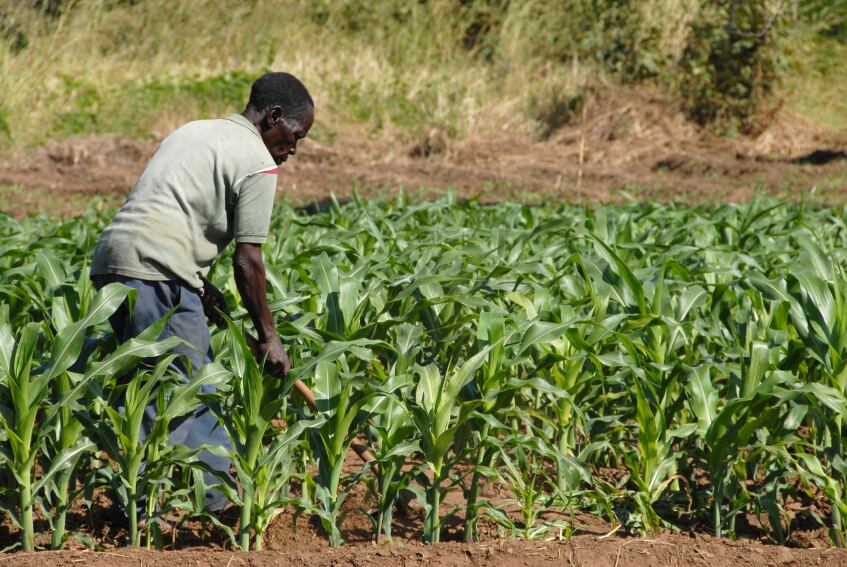The research points the finger at conflict, which the report states is responsible for nine of the ten worst humanitarian crises, underlining the associations between peace and food security,
Other factors affecting food production and accessibility include record-high food prices in local markets and extreme weather conditions such drought and erratic rainfall caused by El Niño.
“The cost in human and resource terms only increases if we let situations deteriorate,” said FAO Director-General José Graziano da Silva.
“We can prevent people dying from famine but if we do not scale up our efforts to save, protect and invest in rural livelihoods, tens of millions will remain severely food insecure.”
The report outlined the populations worst affected by internal and cross-border displacement, caused by warring factions.
The authors estimated that 6.3 m internally displaced people (IDP) came from Syria, with the country’s refugees entering neighbouring countries (4.8 m), such as Iraq (3.1 m), Yemen (3.2 m), South Sudan (3 m), Somalia (2.1 m) and northeast Nigeria (2.1 m).
The events of 2016, coupled with outcomes gathered from the 2016 World Humanitarian Summit contributed to the creation of the report, entitled: ‘Global Report on Food Crises.’
Yemen turmoil

Produced in conjunction with the European Union and UN agencies including the Food and Agriculture Organization, the World Food Programme and Unicef, the report lays bare the food crisis unfolding in regions that are facing a high severity and magnitude of acute food insecurity.
Unsurprisingly, countries worst affected were those in the midst of civil war and fighting with Ethiopia (9.7 m food insecure people (FIP)), Afghanistan (8.5 m FIP) and Nigeria (8.1 FIP).
The Yemen accounted for 14.1 m FIP, made up of 7 m food insecure refugees entering from Syria into the neighbouring countries of Egypt, Iraq, Lebanon, Jordan and Turkey.
“The numbers tell a deeply worrying story with more than 100 million people severely food-insecure, a level of suffering which is driven by conflict and climate change. Hunger exacerbates crisis, creating ever greater instability and insecurity,” said Ertharin Cousin, Executive Director of the World Food Programme.
“What is a food security challenge today becomes tomorrow’s security challenge. It is a race against time – the world must act now to save the lives and livelihoods of the millions at the brink of starvation.”
The report’s outlook for 2017 points to worsening conditions in some locations, which may engender famine in pockets of northeast Nigeria, Yemen, Somalia and South Sudan.
In addition to conflict, record staple food prices, notably in Nigeria and South Sudan, greatly restricted access to food for vulnerable populations, aggravating food insecurity.
EU efforts
According to Neven Mimica, commissioner for International Cooperation and Development, the EU has responded by allocating €550 m in 2016, followed by another €165 m to assist the people affected by famine and drought in the Horn of Africa.
The 108 million people reported to be facing severe food insecurity in 2016 represents those suffering from higher-than-usual acute malnutrition and a broad lack of minimally adequate food even with external assistance, the report stated.
“This includes households that can cope with their minimum food needs only by depleting seeds, livestock and agricultural assets needed to produce food in the future.
“Without robust and sustained action, people struggling with severe food insecurity risk slipping into an even worse situation and eventual starvation.”
